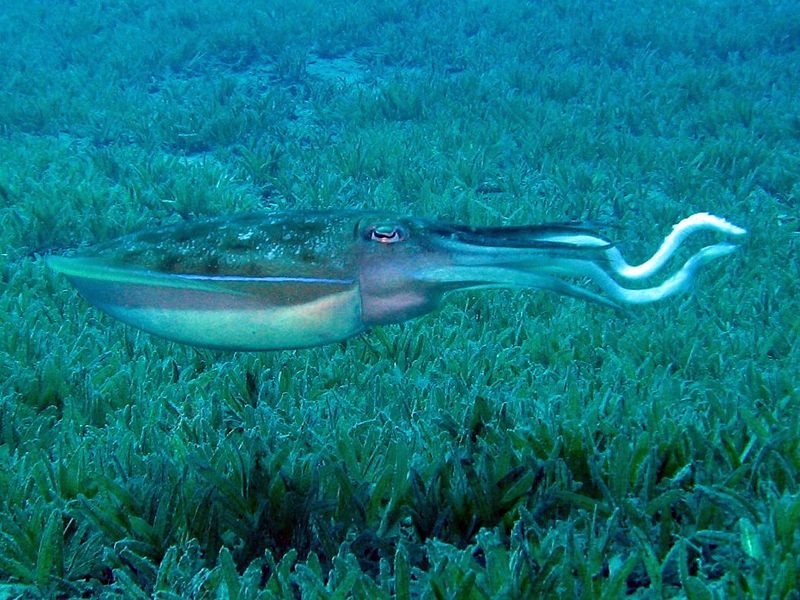
Researchers say squid are imitating crabs for feeding purposes.
A team of researchers at the University of Ryukyu, led by Japan's Okamoto Gohei, conducted an experiment in 2011 to observe the unique behavior of squid and confirm it.
The squid, a cephalopod, generally moved his arm like a hermaphrodite movement. The researchers found that squid move in a large aquarium while hunting for food, and thus behave like hermit crabs.
A few years later, this behavior was further investigated by researchers from Japan's Okamoto Kohei and Ryukyu University.
In a video posted in the May issue of the Ecological Behavior Journal, pharaonic cuttlefish showed similar crab-like movements and glowing parts of the skin.
The researchers assumed that squid could behave this way for two reasons: Small crabs do not pose a threat to fish. Squid is therefore to protect itself from other animals that can eat squid, and to be close to prey without being seen.
Studies have shown that squid imitating crustacean movements eat twice as many fish and mollusks as squid that are not squid.
What is interesting, however, is that the squid used in the observations were not hatched because they grew up in the lab.
Nakajima Ruta wondered whether this was learned through actual direct observation or was genetically programmed?
"This kind of new information makes us interested in the complex behavior and intelligence of animals," he said.
Nakajima is now investigating environmental factors for squid's behavior. He theorizes that squid have observed crustaceans and learned behavior at the embryonic stage.
![[Parenting] Squid, crab imitation for feeding purposes parenting squid crab imitation for feeding purposes](https://moontore.com/wp-content/uploads/2019/02/parenting-squid-crab-imitation-for-feeding-purposes-1200x700.jpg)


